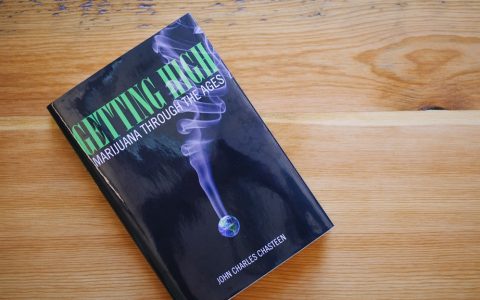Many of us are familiar with the popular Spanish folk song (also referred to as a corrido) “La Cucaracha.” The song has been performed by numerous musical talents over the years, including greats like Louis Armstrong, Bill Haley & His Comets, Liberace, Cuco Sanchez, and Los Machucambos, to name a few. It even inspired the film The Soldiers of Pancho Villa.
“La Cucaracha” is a ballad about a cockroach (la cucaracha literally translates to “the cockroach” in English) that loses one of its legs, making it difficult for the roach to get around. Both people’s interpretation of “La Cucaracha” and the stanzas themselves have evolved throughout the years, but one thing hasn’t changed: many adaptations of “La Cucaracha” highlight contemporary social and political conditions through satire. And surprisingly, one of the most popular folk songs ever references the consumption of cannabis.
Most people were first introduced to “La Cucaracha” while studying the Mexican Revolution, learning Spanish as a foreign language, or during adolescence when relatives or grade school music teachers would sing the folk song aloud. As with most folk songs, it’s difficult to pinpoint where “La Cucaracha” originated and when, let alone the original lyrics or meaning (hence why there are so many versions and interpretations of “La Cucaracha” circling around today). But there’s one man synonymous with the Mexican Revolution and “La Cucaracha,” and his name was Pancho Villa.
Pancho Villa was a revolutionary commander and one of the most prominent figures of the Mexican Revolution. Villa is generally one of the first names that comes to mind when the history and literal meaning of “La Cucaracha” is questioned. The revolutionary version was reportedly sung by Villa’s troops during battle and it’s also the adaptation that most notably references cannabis.
Excerpt:
La cucaracha, la cucaracha
Ya no puede caminar
Porque no tiene
porque le falta
Marihuana que fumar
English translation:
The cockroach, the cockroach
Cannot walk anymore
Because it hasn’t
because it lacks
marijuana to smoke
People have come up with all types of different interpretations of “La Cucaracha” over the years, and this is the case with the revolutionary adaptation as well. Some have interpreted “La Cucaracha” as Villa’s car because legend has it that his vehicle broke down one time during an escape, and his inability to drive the car was likened to la cucaracha not being able to walk.
Another theory is that the cockroach is none other than Mexico’s dictator around the time of the Mexican Revolution, Victoriano Huerta (1913-1914), who was criticized for being a drunk and “stoner” who lived for his daily dose of THC.
It’s often speculated that what we in the cannabis community refer to as a roach was inspired by “La Cucaracha.” In reference to cannabis, a “roach” is generally the butt of a blunt or joint right before it reaches its end. Since there is hardly any cannabis left in a roach, some people argue that the song is about running out of cannabis and not being able to get high, just like the roach is unable to walk because it’s missing a leg.
“La Cucaracha” truly transcends Latin culture. People all over the world have added their own twist and interpretation of this unmistakable tune. Even old Looney Tunes cartoons feature Speedy Gonzalez and his pal Slow Poke Rodriguez warbling along to the “marihuana” version of the tune (Slow Poke in particular seems like quite the stoner stereotype, no?):
Which version of “La Cucaracha” did you learn growing up, the one that references marijuana or a more “cleaned up” iteration?


